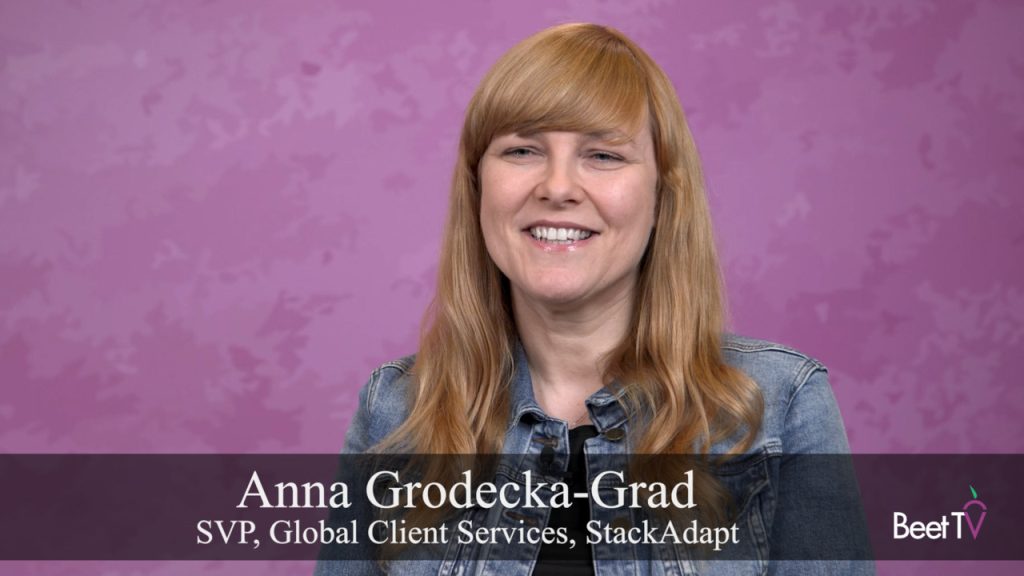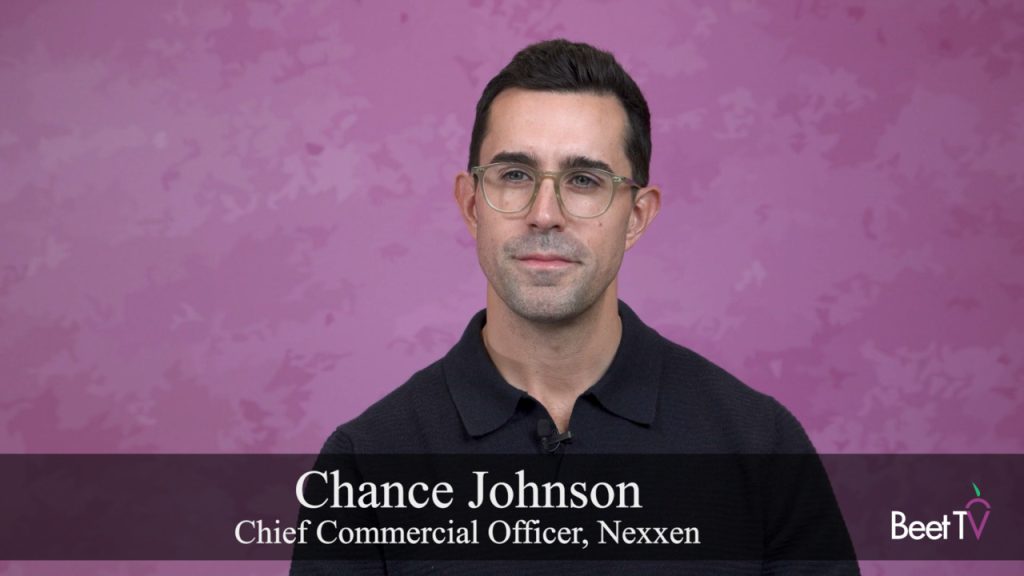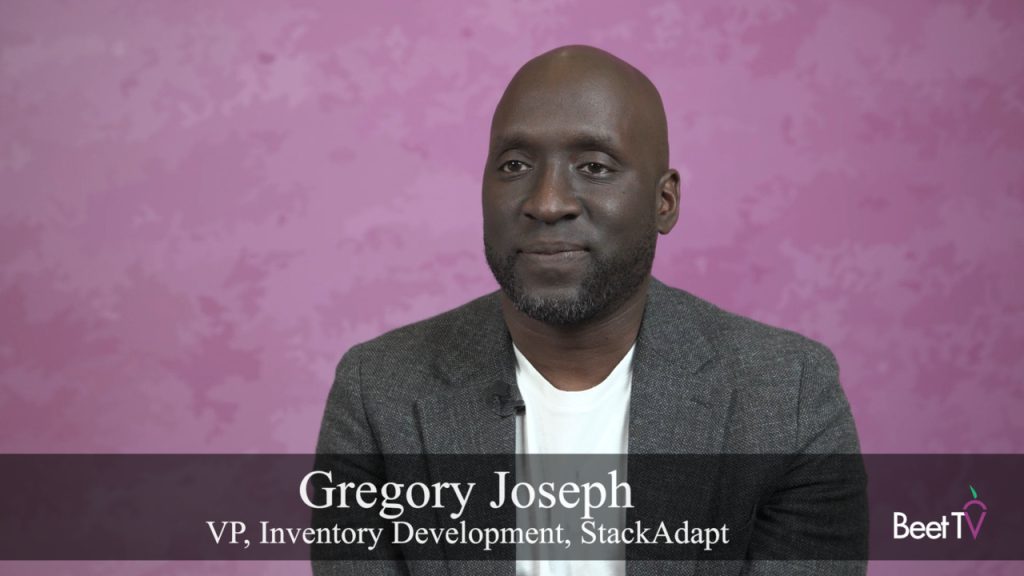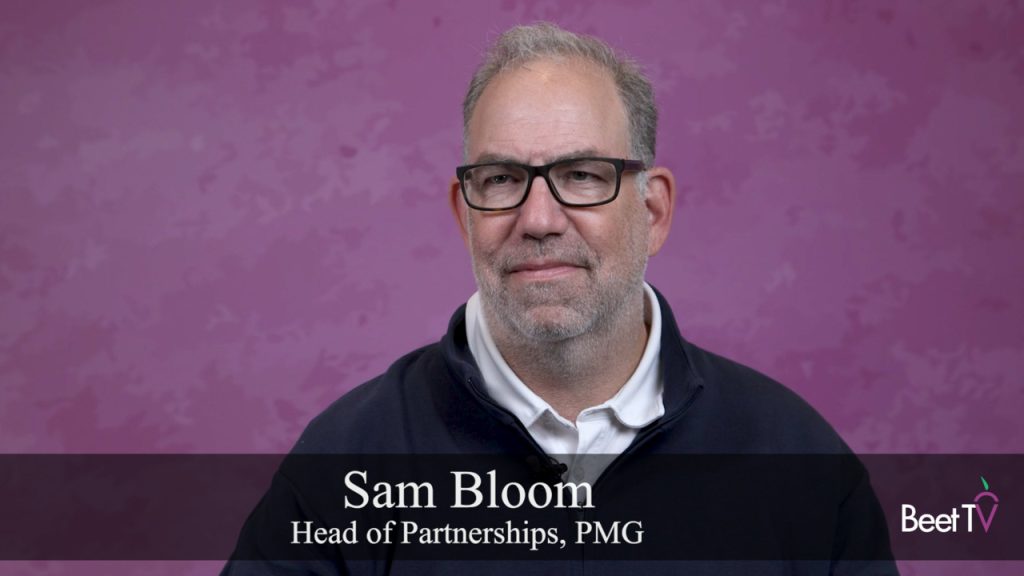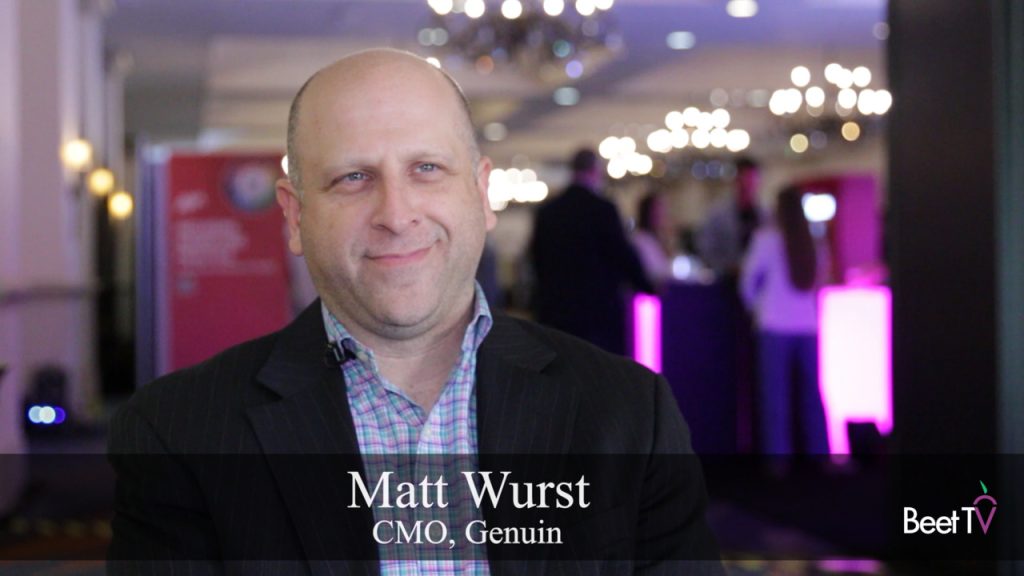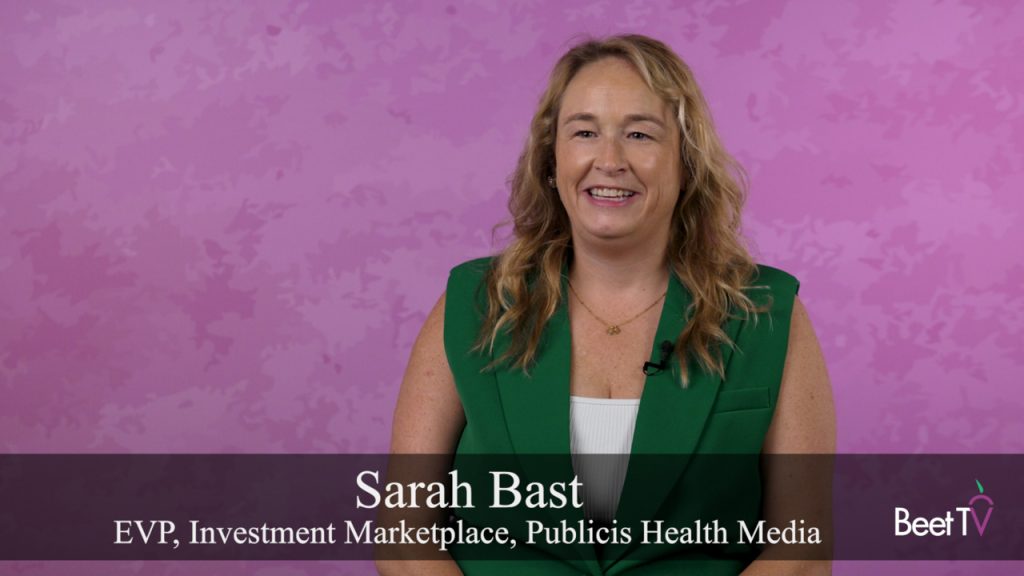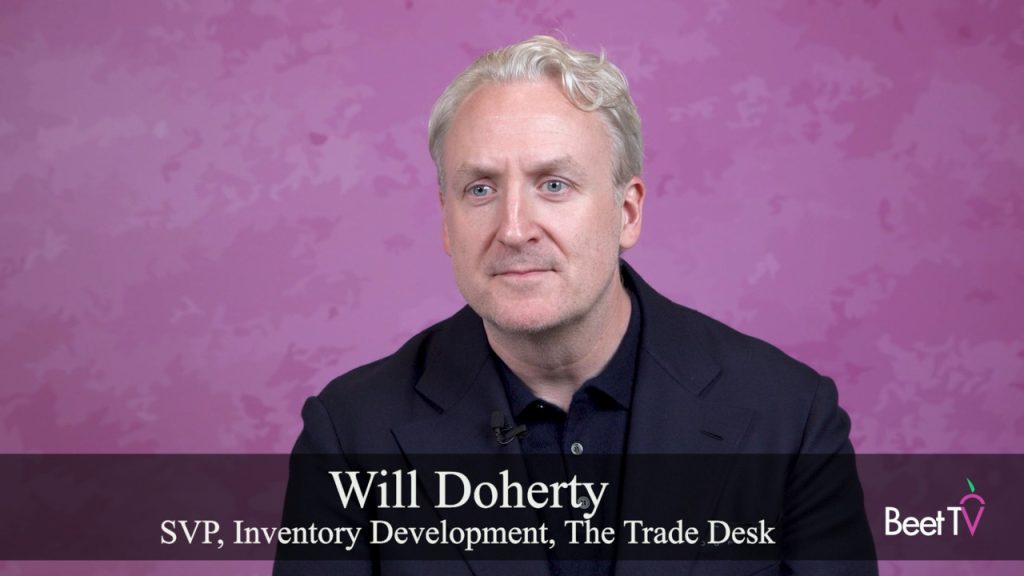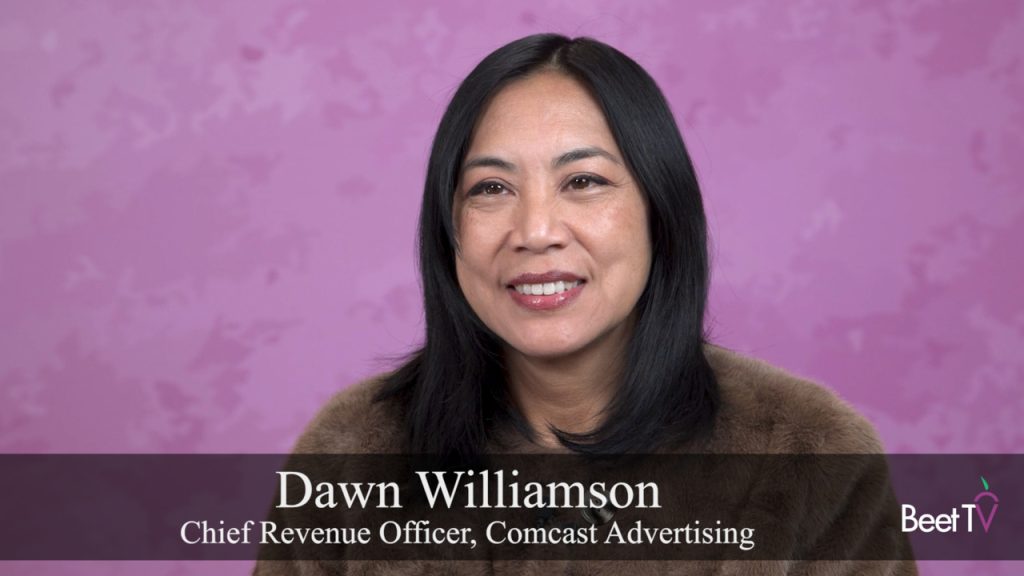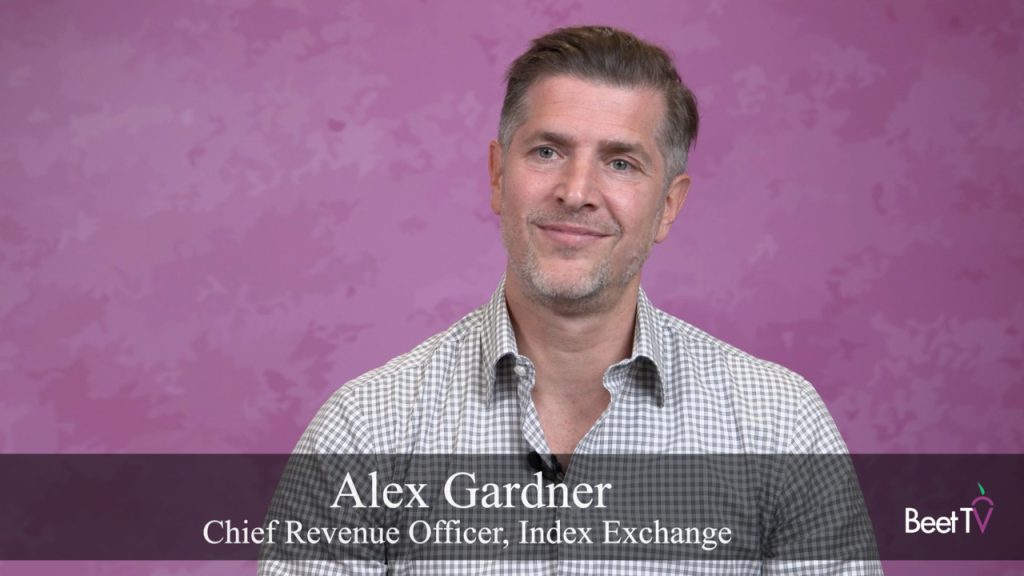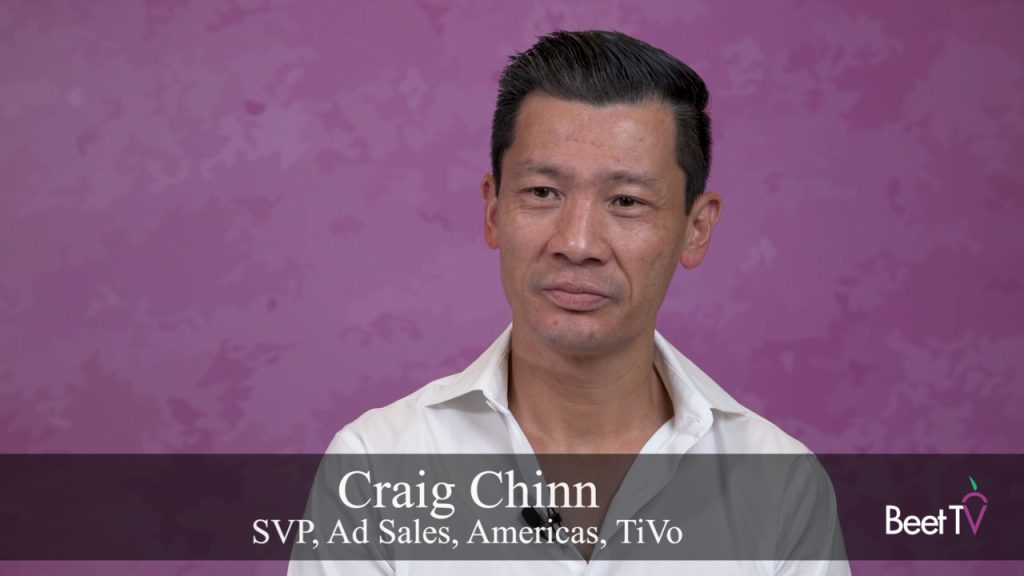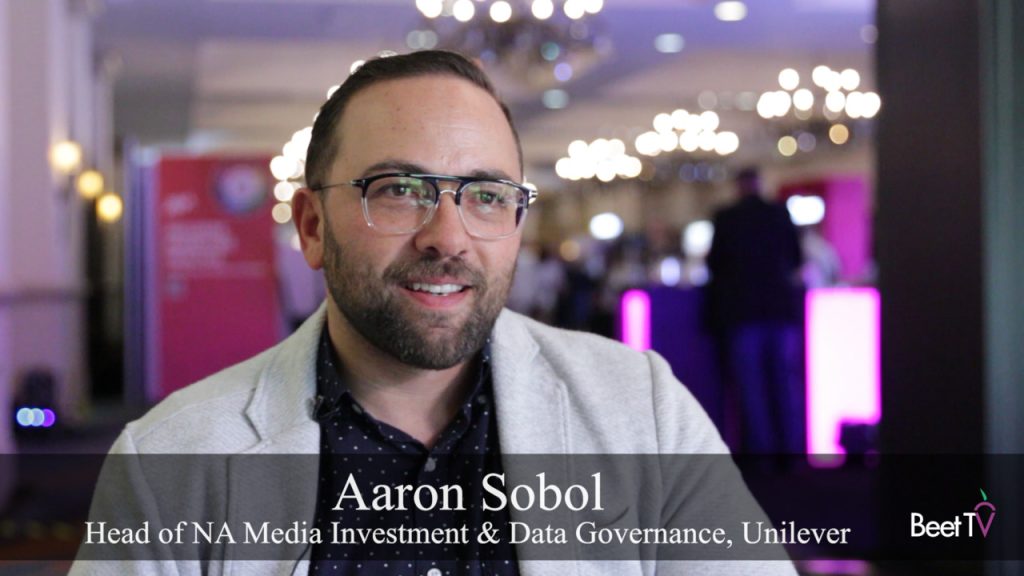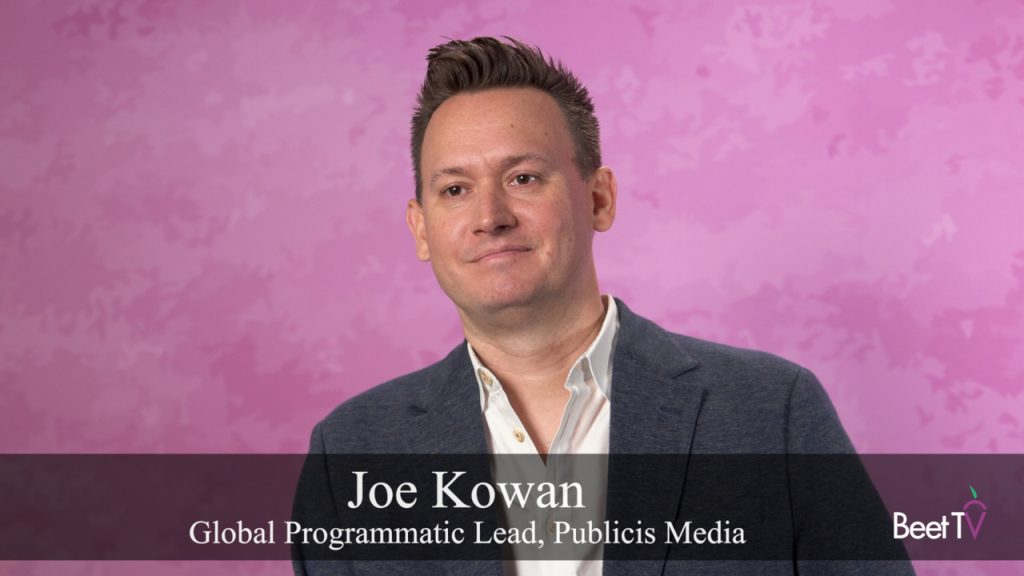ORLANDO, Florida – After testing 4,000 television ads with its proprietary Gender Equality Metric, the Association of National Advertisers’ Alliance for Family Entertainment is giving marketers a toolkit for eliminating gender bias. It’s a move that AFE Chairman Stephen Quinn says is aimed in part at “unconscious bias” both in ads and the content in which they appear.
Whereas the AFE had previously focused on the quality of family entertainment overall, “This year we’ve really focused on #SeeHer, which is all about the accurate portrayal of women and girls in media,” Quinn says during a break at the Masters of Marketing Conference of the Association of National Advertisers.
According to Quinn, data show that the vast majority of parents are dissatisfied with the content that’s available for families to view, and the number one issue within that is the portrayal of women and girls. “They believe it’s either negative or is not representative of the diversity that actually exists in families and society at large,” Quinn says.
This can take the form of unconscious bias, poor representation of women, or basically ignoring them. “That’s particularly why it’s called #SeeHer,” Quinn adds.
It’s not just about promoting gender equality per se. The AFE believes that companies will achiever greater ROI for their marketing spend in doing so.
On the eve of the Masters of Marketing event, Quinn shared proprietary new data with the ANA board of directors showing that removing conscious or unconscious gender bias from advertising increases purchase intent by more than 26% for all consumers and more than 45% among women. This is why the ANA and AFE hope their Gender Equality Metric, which is fueled by ongoing research, will become the industry standard.
Scores from the new metric will be presented to #SeeHer members quarterly to track progress and help the movement to reach its goal: a 20% increase in the accurate portrayal of women and girls in media by 2020.
On a broader palette, Quinn sees fruit in the labors of the ANA’s Marketing2020 initiative, kicked off in 2014 to help its members determine how to best align marketing strategy, structure, and capabilities for business growth. One of the big takeaways was the importance of “purposeful positioning” for brands.
“Even today I’ve seen so many examples on the screen here of brands that have taken on incredible things from a storytelling standpoint, values of the culture, that really adds an additional layer of purpose to the brand,” says Quinn. “The thing that I’m seeing this year especially is the need for the industry, the marketing profession, to be seen as doing something good and valuable to society.”
We interviewed him at the ANA Masters of Marketing annual meeting in Orlando. This video is part of a series produced at the conference. Beet’s coverage is sponsored by Cadent. For more videos from the series, please visit this page.








